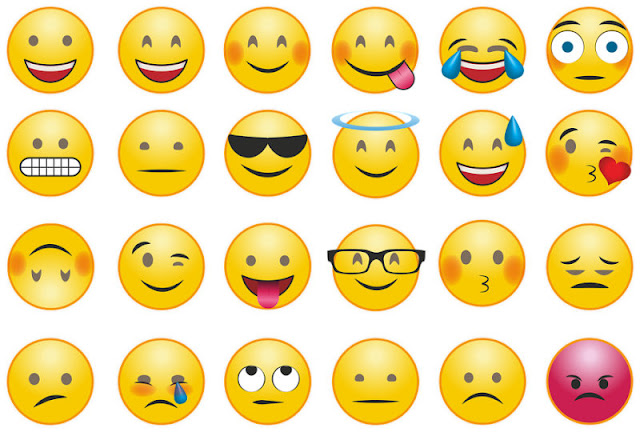Cash Advance Apps: A Quick Fix or Financial Trap?
Ever face a situation where you desperately need a few hundred bucks before payday? Maybe an unexpected bill arrived, or your car needs a sudden repair.
Cash advance apps have emerged as a popular solution, offering a quick and seemingly painless way to get a cash advance on your next paycheck. But are these apps a lifesaver or a recipe for financial trouble? Let's dive deeper.
How Cash Advance Apps Work
Cash advance apps are essentially like mini-payday lenders. You link the app to your checking account, and it analyzes your income and spending habits.
Based on this data, they offer you a small cash advance, typically between $20 and $500. Here's the key: repayment is automatically deducted from your account on your next payday. Sounds straightforward, right?
The Allure of Convenience
Cash advance apps boast a hassle-free experience. No lengthy applications, no credit checks – just download the app, connect your bank account, and get the money you need within minutes. This ease of access makes them particularly appealing, especially for those who may not qualify for traditional loans or don't have a credit card readily available.
The Hidden Costs
While the convenience factor is undeniable, cash advance apps aren't free. Here's where things can get tricky. Unlike traditional loans with fixed interest rates, cash advance apps typically charge fees. These can come in a few forms:
Flat Fees: Some apps charge a flat fee per advance, regardless of the amount borrowed. This can be a reasonable option for smaller advances but can become expensive for larger ones.
Percentage Fees: Other apps charge a percentage of the amount you borrow. This might seem more appealing for smaller advances, but it can add up quickly for larger sums.
Optional Tips: Many apps encourage users to leave a tip for the service. While optional, the pressure to tip can be present, adding to the overall cost.
The Repayment Trap
The biggest risk with cash advance apps is the potential for falling into a cycle of debt. With the next paycheck earmarked for repayment, you might find yourself short again before your next payday. This can lead you to take out another advance, and another, creating a cycle of dependence on these apps.
Cash Advance Apps: A Quick Fix or Financial Trap?
Before turning to a cash advance app, consider these alternatives:
Negotiate with Billers: Many companies offer flexible payment plans if you contact them and explain your situation.
Sell Unused Items: Do you have clothes, electronics, or other items you no longer need? Selling them online or through a local consignment shop can bring in quick cash.
Talk to Your Employer: Some employers offer emergency assistance programs or can provide a paycheck advance.
Build an Emergency Fund: Having a small savings buffer can help cover unexpected expenses without resorting to cash advances. Even small, regular contributions can add up over time.
Using Cash Advance Apps Responsibly
If, after considering the alternatives, you decide to use a cash advance app, here are some tips for responsible use:
Borrow Only What You Need: Don't be tempted to borrow more than you can comfortably repay on your next payday.
Understand the Fees: Read the app's terms and conditions carefully to understand all the associated fees.
Set a Budget: Create a budget to ensure you can afford the repayment without sacrificing other essential expenses.
Break the Cycle: Use the cash advance as a one-time solution and focus on building a budget and emergency fund to avoid future dependence.
The Bottom Line
Cash advance apps can be a helpful tool in a pinch, but they should be used cautiously. By understanding the fees, potential risks, and exploring alternatives, you can make an informed decision about whether a cash advance app is the right solution for your situation.
Remember, responsible money management is key to avoiding the financial trap that these apps can become. Consider them a temporary solution, not a long-term financial strategy.






.jpg)

.jpg)
